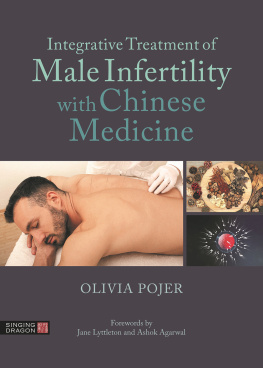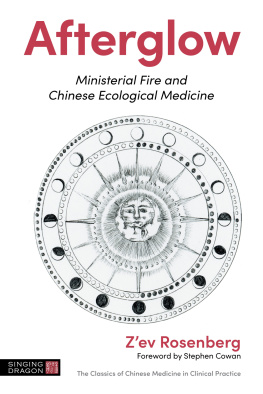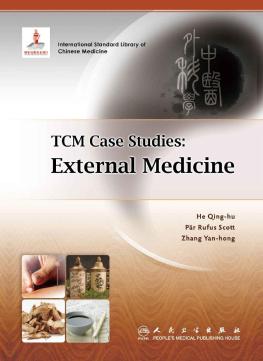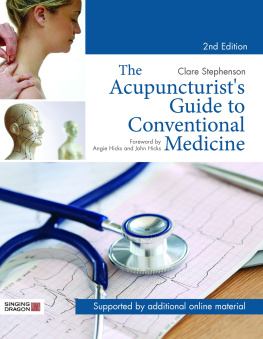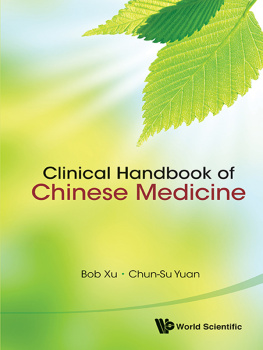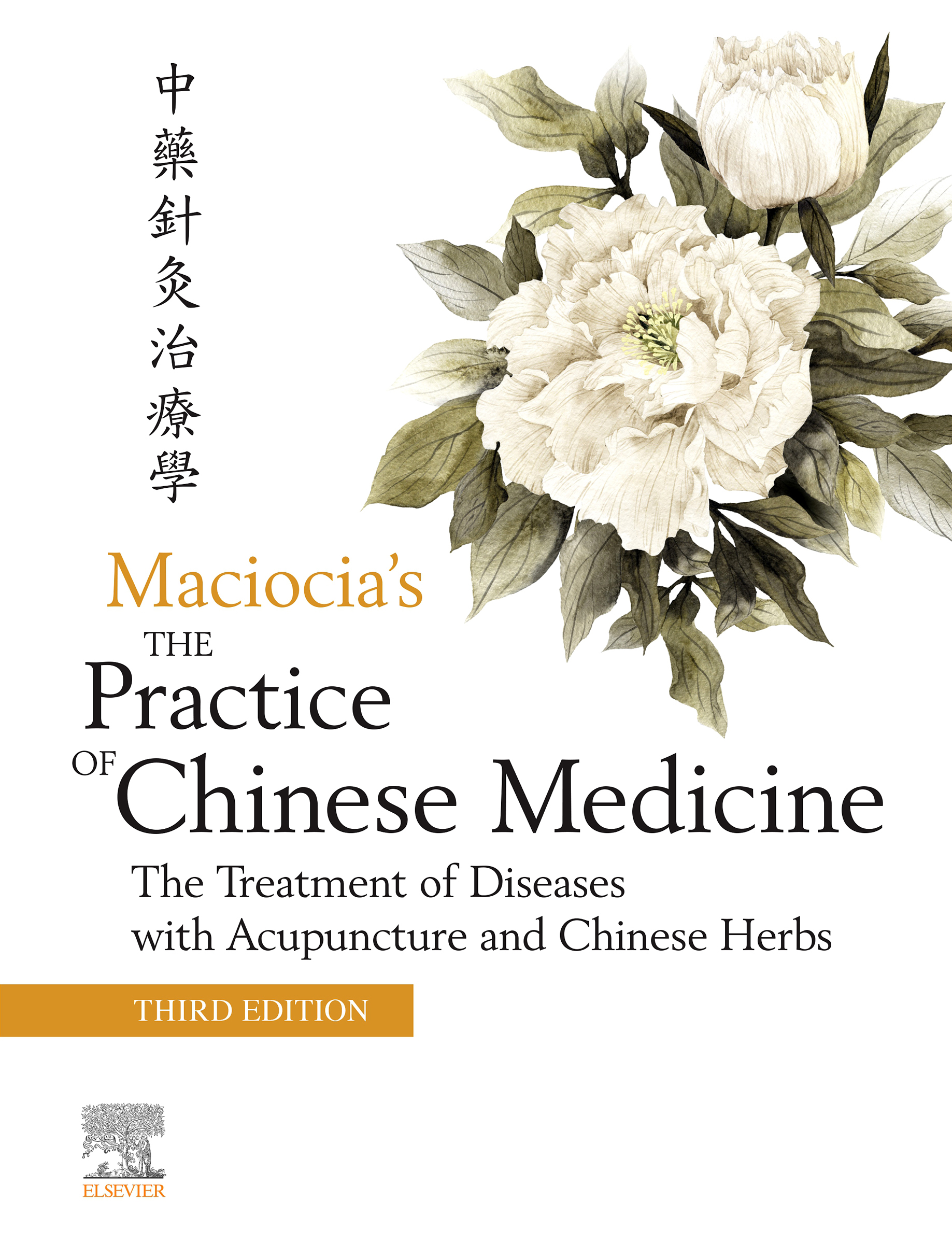Table of Contents
List of Figures
- Figures in 1
- Figures in 2
- Figures in 3
- Figures in 4
- Figures in 5
- Figures in 6
- Figures in 7
- Figures in 8
- Figures in 9
- Figures in 10
- Figures in 11
- Figures in 12
- Figures in 13
- Figures in 14
- Figures in 15
- Figures in 16
- Figures in 17
- Figures in 18
- Figures in 19
- Figures in 20
- Figures in 21
- Figures in 22
- Figures in 23
- Figures in 24
- Figures in 25
- Figures in 26
- Figures in 27
- Figures in 28
- Figures in 30
- Figures in 31
- Figures in 32
- Figures in 33
- Figures in 34
- Figures in 35
- Figures in 37
- Figures in 38
- Figures in 39
- Figures in 41
- Figures in 42
- Figures in 43
- Figures in 44
- Figures in 46
- Figures in 47
- Figures in 48
- Figures in Appendix 6
- Figures in Appendix 10
List of Tables
- Tables in 1
- Tables in 2
- Tables in 6
- Tables in 7
- Tables in 8
- Tables in 10
- Tables in 11
- Tables in 12
- Tables in 13
- Tables in 16
- Tables in 17
- Tables in 20
- Tables in 21
- Tables in 22
- Tables in 23
- Tables in 24
- Tables in 26
- Tables in 27
- Tables in 30
- Tables in 31
- Tables in 32
- Tables in 33
- Tables in 34
- Tables in 35
- Tables in 37
- Tables in 38
- Tables in 39
- Tables in 41
- Tables in 42
- Tables in 44
- Tables in 46
- Tables in 48
- Tables in Appendix 8
Landmarks
Maciocias The Practice of Chinese Medicine
The Treatment of Diseases with Acupuncture and Chinese Herbs
Third Edition
Giovanni Maciocia, CAc (Nanjing)
Acupuncturist and Medical Herbalist, UK
Visiting Associated Professor, Nanjing University of Traditional Chinese Medicine
Table of Contents
Dedication
To Rose and Lily
Copyright
Elsevier
3251 Riverport Lane
St. Louis, Missouri 63043
MACIOCIAS THE PRACTICE OF CHINESE MEDICINE, THIRD EDITION ISBN: 978-0-7020-7920-7
Copyright 2022 by Elsevier, Inc. All rights reserved.
No part of this publication may be reproduced or transmitted in any form or by any means, electronic or mechanical, including photocopying, recording, or any information storage and retrieval system, without permission in writing from the publisher. Details on how to seek permission, further information about the Publishers permissions policies and our arrangements with organizations such as the Copyright Clearance Center and the Copyright Licensing Agency, can be found at our website: www.elsevier.com/permissions.
This book and the individual contributions contained in it are protected under copyright by the Publisher (other than as may be noted herein).
Notice
Practitioners and researchers must always rely on their own experience and knowledge in evaluating and using any information, methods, compounds or experiments described herein. Because of rapid advances in the medical sciences, in particular, independent verification of diagnoses and drug dosages should be made. To the fullest extent of the law, no responsibility is assumed by Elsevier, authors, editors or contributors for any injury and/or damage to persons or property as a matter of products liability, negligence or otherwise, or from any use or operation of any methods, products, instructions, or ideas contained in the material herein.
Previous editions copyrighted 2008 and 1994.
Library of Congress Control Number: 2020943233
Content Strategist: Linda Woodard
Content Development Manager: Luke Held
Content Development Specialists: Beth LoGiudice and Jeannine Carrado
Publishing Services Manager: Julie Eddy
Senior Project Manager: Rachel E. McMullen
Design Direction: Renee Duenow
Printed in Scotland
Last digit is the print number: 9 8 7 6 5 4 3 2 1

Biography on Giovanni Maciocia
Giovanni Maciocia (19452018) was one of the most highly respected practitioners of acupuncture and Chinese herbal medicine. He trained in England at the International College of Oriental Medicine, graduating in acupuncture in 1974 after a 3-year course. He went on to study Western herbalism and graduated from the National Institute of Medical Herbalists in 1977.
He lectured in colleges around the world. Well known for his rigorous and meticulous style, he combined a thorough knowledge of Chinese medicine with 39-years of clinical experience. While firmly rooted in traditional Chinese medicine, Giovannis ideas were innovative as the theories of Chinese medicine need to be adapted to Western conditions and new Western diseases.
In 1980, 1982, and 1987 he attended three postgraduate courses in acupuncture in China at the Nanjing University of Traditional Chinese Medicine, a foremost teaching institution in China, where he was later appointed Visiting Professor in 1996. He gained invaluable knowledge and clinical experience helped by his ability to read Chinese, therefore gaining access to the Chinese medicine textbooks, old and modern, published in China.
Giovanni is the author of many articles published in professional journals. He notably formulated an innovative and original new theory on the aetiology and pathology of asthma and allergic rhinitis. He also formulated a theory on the aetiology, pathology, diagnosis, and treatment of M.E. (Post-Viral Fatigue Syndrome) entirely from scratch as this, being a new disease, did not exist in the Chinese literature. This article was published in a Chinese medical journal, an honour rarely bestowed on foreign writers in China.
Giovanni is the author of several seminal textbooks on Chinese Medicine: Tongue Diagnosis in Chinese Medicine, The Foundations of Chinese Medicine, Maciocias The Practice of Chinese Medicine, Obstetrics and Gynaecology in Chinese Medicine, Diagnosis in Chinese Medicine, The Channels of Acupuncture, and The Psyche in Chinese Medicine, which are used by colleges around the world.
In 1994 he founded Su Wen Herbs, a company which oversees the production of his line of herbal formulas under three names: The Three Treasures, Womens Treasure, and The Little Treasures. The formulas are based on classical Chinese formulae but adapted by Giovanni to address patterns more commonly seen in clinical practice in the West.
Giovanni was honoured by his inclusion in the brochure celebrating the 50th anniversary of the foundation of the Nanjing University of Chinese Medicine. Giovanni is described in this brochure as the Father of Chinese Medicine in Europe.
Foreword
In the autumn 1987, I travelled with my friend and teacher Giovanni Maciocia to Nanjing PRC to study Chinese herbal medicine (TCM). I had serendipitously met Giovanni a few years previously when he had consulted me about a health matter. I had just set up as a herbalist in the Western tradition having studied with the National Institute of Medical Herbalists, UK. Although it was a professional consultation, we made an immediate strong connection and soon became firm friends. Giovanni began practising from my central London address so I saw him frequently and was impressed by his extraordinary intelligence and knowledge. I had grown up in Malaysia surrounded by Chinese people for whom I developed a great affection. At this time, I was working as an editor in London publishing books and articles on a subject then known as fringe medicine. Unsurprisingly, I was particularly fascinated by traditional Chinese medicine (TCM) and it was not long after we first met that I badgered poor Giovanni into teaching an acupuncture course based on the program he had completed in China. Our acupuncture course had just finished in 1987 when an opportunity arose to travel with Giovanni to Nanjing to undertake further herbal studies. By this time we had both studied Chinese herbal medicine in London with the noted TCM practitioner, Professor Ted Kaptchuk, and inspired by Giovanni, I had completed the international acupuncture course in Nanjing in 1981. Now a course in China offered the possibility of clinical practice in Chinese herbal medicine to complete our herbal studies. Giovanni was already a VIP in Nanjing, having led groups of acupuncturists to complete study courses in TCM. He was treated as such while we were working in the very busy clinic in the hospital and on many occasions we would break for lunch to find a black sedan waiting to whisk us off to a Chinese-style banquet with a Nanjing dignitary from the health department. I grew to dread these occasions as the huge amount of food and drink we were served made me very sleepy in the afternoons when we returned to the hospital for lectures.


